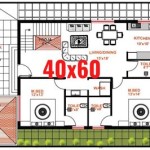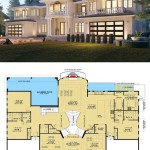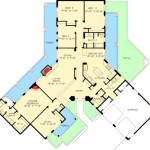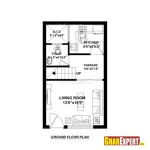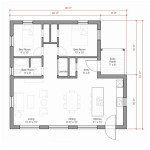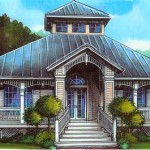Energy Efficient House Floor Plan
In today's eco-conscious world, designing energy-efficient homes has become a top priority. An energy-efficient house floor plan can significantly reduce your energy consumption, lower utility bills, and create a more comfortable living environment. Here are some key considerations for creating an energy-efficient house plan:
1. Orientation and Natural Light
The orientation of your house plays a crucial role in energy efficiency. Position your house to take advantage of natural light and minimize heat loss. Place living areas and bedrooms facing south to maximize sunlight, while orienting garages and utility rooms to the north. Large windows on the south side will allow natural light to flood into your home, reducing the need for artificial lighting.
2. Insulation and Air Sealing
Proper insulation and air sealing are essential to minimize heat transfer and air leakage. Install high-quality insulation in walls, ceilings, and floors. Seal all cracks and gaps around windows, doors, and pipes to prevent air infiltration. Consider using spray foam insulation for maximum air sealing.
3. Compact Design
A compact house plan reduces the surface area exposed to the elements, minimizing heat loss. Aim for a simple, rectangular shape with minimal protrusions and recesses. Open floor plans allow for better air circulation and passive solar heating.
4. Energy-Efficient Appliances and Systems
Choose energy-efficient appliances, such as refrigerators, ovens, and dishwashers. Look for Energy Star-rated products that meet government-set energy consumption standards. Install high-efficiency heating and cooling systems, such as heat pumps or geothermal heat pumps, to reduce energy consumption.
5. Solar Energy
Consider incorporating solar panels into your house plan. Solar panels convert sunlight into electricity, reducing your reliance on the grid and lowering your energy bills. Position solar panels on the south-facing roof or in a ground-mounted system.
6. Passive Design
Passive design techniques harness natural elements to create a more comfortable and energy-efficient environment. Use thermal mass, such as concrete or brick, to absorb and release heat, reducing temperature fluctuations. Design overhangs to shade windows in the summer and allow sunlight in the winter.
7. Water Conservation
Include water-efficient fixtures and appliances in your house plan. Low-flow toilets, showerheads, and faucets can significantly reduce water consumption. Consider rainwater harvesting systems to collect and store rainwater for non-potable uses.
8. Smart Technology
Integrate smart technology into your house plan to automate energy-saving measures. Smart thermostats, lighting systems, and appliances can monitor energy usage, optimize settings, and reduce energy consumption.
By incorporating these energy-efficient considerations into your house plan, you can create a home that is both environmentally friendly and cost-effective. A well-designed energy-efficient house will provide you with a comfortable and sustainable living space for years to come.

Cool Energy Efficient Concrete House Plans Houseplans Blog Com

Simpson Green Homes

Energy Efficient House Design

Sustainable Building In 2024 Energy Efficient Kit Homes

Simpson Green Homes

Floor Plan Friday An Energy Efficient Home Katrina Chambers

Home Designs Fsec

Energy Efficient Home Design Plans Cad Pro

Energy Efficient House Plan 33002zr Architectural Designs Plans

Energy Efficient Home Things To Consider Perry Homes

